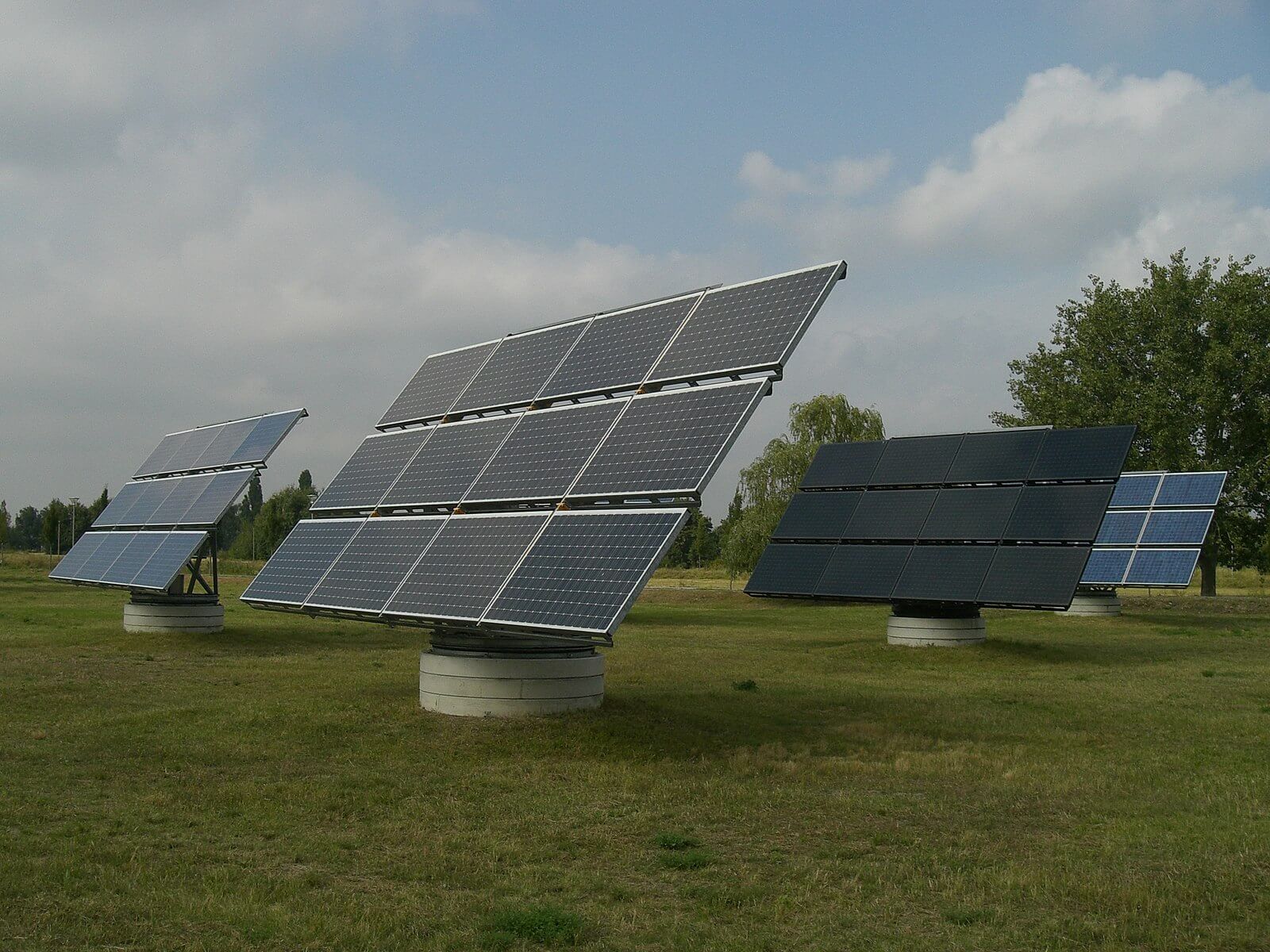China to develop solar farms in Cuba, though doubts remain over efficiency
Photo: Wikimedia Commons.
China has announced the construction of 92 solar farms in Cuba as part of a joint effort to address the island’s energy crisis. The projects, carried out in collaboration between Cuban and Chinese companies, aim to add more than 2,000 megawatts to the island’s National Electric System.
However, the completion of these solar farms is not estimated to occur until 2028, raising questions about their immediate impact on the country’s energy situation.
Despite the emphasis on solar energy, it still represents only 2% of Cuba’s total energy generation. This low percentage contrasts with the ambitious goals set by the Cuban government in 2014, which aimed to reach 24% renewable generation by 2030. So far, only 5% of this goal has been achieved.
The energy situation in Cuba has been exacerbated by prolonged blackouts, which could worsen with the arrival of summer and the consequent increase in the use of air conditioners. Although some small-scale solar projects have been initiated, the implementation of large-scale projects has faced obstacles due to delays and infrastructure problems, also raising concerns about the new solar farms’ capability to help alleviate the energy crisis.
In addition, fuel shortages have impacted the operation of thermoelectric power plants in the country. The reinstatement of the Antonio Guiteras plant in Matanzas is expected to help alleviate the situation, although concerns remain about Cuba’s ability to meet its energy demand.
While efforts to promote solar energy in Cuba are significant, major challenges remain in resolving the energy crisis. Continued reliance on fossil fuels and long lead times for completion of solar projects raise questions about the near-term effectiveness of these initiatives in addressing blackouts and ensuring a stable electricity supply for the Cuban population.

